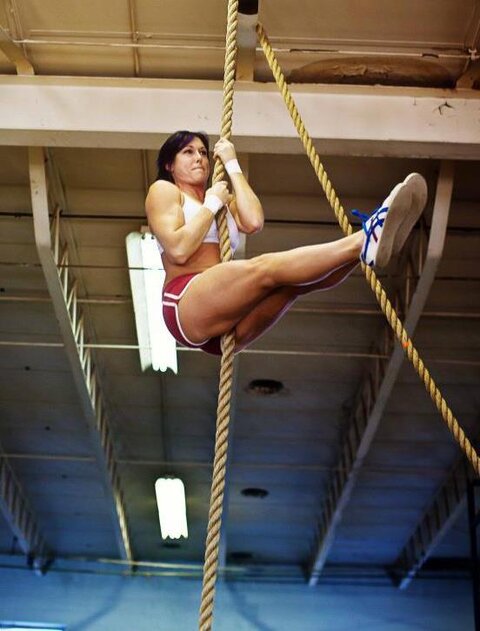SalvatoreDelorean
Member
So I work in a small theater on a college campus that frequently gets rented out to community theater and performing arts groups, and one of our clients that's putting up a show next month wants to hang from the grid and do aerial silks (this kinda stuff, in case you've never heard of it
15 year old aerial dancer and choreographer - YouTube). Our grid's only 11 feet off the deck, so the performer would only be 5-8 feet off the ground. I know that when people are flown in theaters, it's a massive liability that involves bringing in special companies with their own specialized insurance. My question is, does this aerial silks performance qualify as something needing of special insurance and liability precautions? The performer is a professional who has performed this same thing many times before, and it's only a few feet off the ground, but I'm still somewhat terrified about liability issues. The people who run the space don't know anything about this particular topic, and they can't quite figure out if it's covered by our insurance because it's such a specific thing. We're having facilities engineers come in and do a structural assessment of the grid, but even if they can give me a actual rating of the pipes' capacity, I'm not sure what qualifies as "safe" from a legal standpoint. I've heard rule of thumb is that anything bearing a load needs to be rated ten times what it will be supporting in order to be acceptable; is that the case? Do we need to hire professionals to come in and supervise this work?
Has anyone dealt with similar performances before that might be able to shed some light on legal/liability issues as well as precautions I can take?
Thanks!
15 year old aerial dancer and choreographer - YouTube). Our grid's only 11 feet off the deck, so the performer would only be 5-8 feet off the ground. I know that when people are flown in theaters, it's a massive liability that involves bringing in special companies with their own specialized insurance. My question is, does this aerial silks performance qualify as something needing of special insurance and liability precautions? The performer is a professional who has performed this same thing many times before, and it's only a few feet off the ground, but I'm still somewhat terrified about liability issues. The people who run the space don't know anything about this particular topic, and they can't quite figure out if it's covered by our insurance because it's such a specific thing. We're having facilities engineers come in and do a structural assessment of the grid, but even if they can give me a actual rating of the pipes' capacity, I'm not sure what qualifies as "safe" from a legal standpoint. I've heard rule of thumb is that anything bearing a load needs to be rated ten times what it will be supporting in order to be acceptable; is that the case? Do we need to hire professionals to come in and supervise this work?
Has anyone dealt with similar performances before that might be able to shed some light on legal/liability issues as well as precautions I can take?
Thanks!
Last edited by a moderator:



